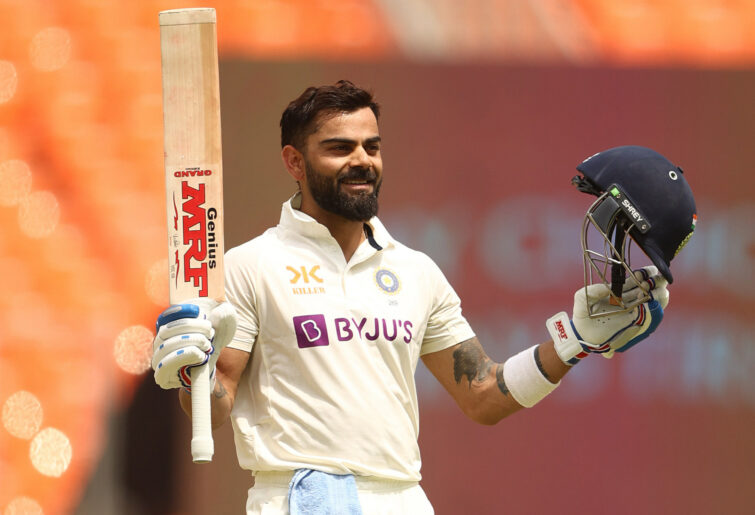When King Kohli goes, India’s golden era of Test cricket goes with him

Until quite recently, you would look through an Indian Test XI and see experience everywhere: Mohammed Shami, Ravichandran Ashwin, and Ravindra Jadeja with the ball, Rohit Sharma, Cheteshwar Pujara, Ajinkya Rahane and, of course, Virat Kohli with the bat.
The current series against England has had the distinct feel of change; as if the future is here. Rohit might be on his last legs, Pujara and Rahane are no longer being picked and the younger batsmen are beginning to make their mark.
The biggest loss for this team, though, is undeniably Virat Kohli who has been ruled out for the entire Test series with the Poms due to personal reasons. It’s not as if his form has been extraordinary in Test cricket in recent years. The hundreds have dried up, and his four double centuries in the summer of 2016/17 is now a very distant memory. Three years ago, if you took Kohli out of an otherwise full-strength Indian XI, you felt like they’d be fine, especially at home. But right now, something is slightly amiss. They feel vulnerable.
With the recent announcement that Kohli will miss the entire series against England, two concerns came to mind: they seem to be lacking something now, and how can they get that something back when the king’s reign has ended?
It’s currently 1-1 in the series and England is near enough to full strength. Jadeja’s current absence from the team removes a large portion of their X factor, and the much calmer, and currently under-pressure skipper Rohit doesn’t provide much of a spark in terms of exuberance. That just isn’t his style.
Kohli offers runs, and they’ll be hard to replace, but energy, spark, X factor, whatever term we use, will be almost impossible to replace. When Kohli leads his teammates follow, whether he’s captain or not. They’re already feeling the effects.
Virat Kohli. (Photo by Robert Cianflone/Getty Images)
Had Kohli been out there in the field as Ollie Pope amassed 196 in Hyderabad, would things have been different, or perhaps would they have just chased the runs down if Kohli was there? His record in run chases is legendary, after all.
Yes, they won the second Test without him, but the two teams just seem quite evenly matched. At pretty much any moment in the last ten years, a five-Test series in India always felt as though it could only go one way. The situation is still tough for England but India feels beatable. As if an era is about to end.
And the thing is, their era is about to end. In, say, three years’ time, any or all of Ashwin, Jadeja, Rohit and Kohli may no longer be Test players. What do the team’s prospects look like then?
Well, it’s worth keeping in mind that Indians have been spoiled for a long time in terms of success. The last ten years or so have seen the Indian Test team go places they had never gone before. The longest streak of home Test series won is one thing, but significantly improved away results, especially in Australia, has legitimised the modern era largely defined by Kohli. Defined by his runs, yes, but also his character.
Perhaps the likes of Yashasvi Jaiswal and Shubman Gill can match the swagger, and Mohammed Siraj the aggression.
But who will be able to score big runs in Australia while having to deal with the chirping fielders and the relentless crowd? Who can do this, returning a barb or two from under the helmet? This isn’t to suggest India have won matches purely through chat and confidence. But so many teams come to Australia knowing they can’t win before they arrive, and Kohli led the charge against that mindset.
The truth is, India might simply not be as good a team in a few years and that’s okay. Eras come and go. The next generation of spinners will be unlikely to produce one Ashwin or Jadeja, let alone two of them. Pujara replaced Rahul Dravid as the anchor at number three in the batting order in an almost seamless transition. Such things are rare. Replacing royalty is even more difficult, maybe impossible.
Sports opinion delivered daily
Long live the king.
